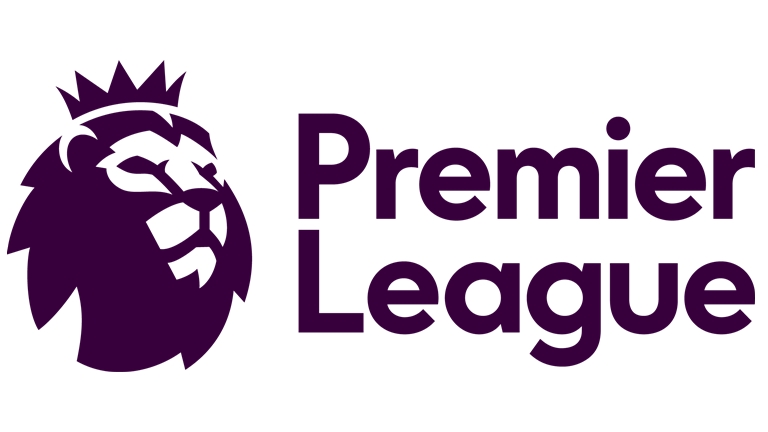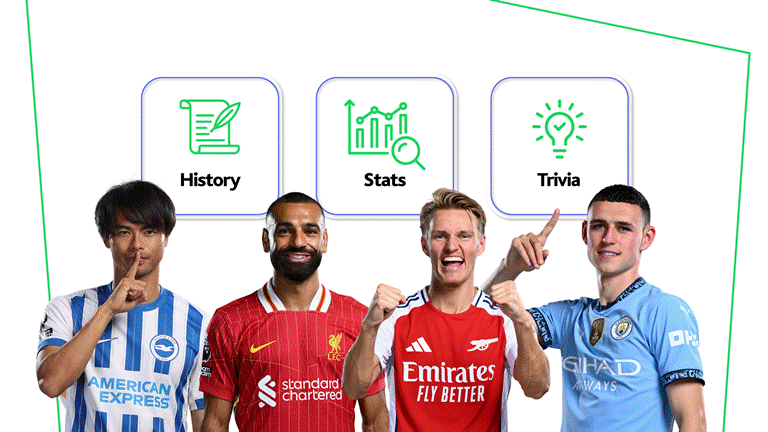English Premier League 2024/25: Fixtures & Match Highlights
Get ready for the 2024/25 EPL season - explore fixtures, transfers, club trivia, and more with StarHub!
As the English Premier League gears up for a 33rd adrenaline-pumping season, fans, players, and pundits alike are already hard at work debating which clubs will come out on top.
While all of that’s going on, we’ve compiled all you need to know about the upcoming 2024/25 season, topped off with sprinkles of league and club trivia. From the latest Premier League fixtures, highlights, and key player transfers, to how a lost dog once saved Manchester United, there’s a lot of ground for us to cover.
Speaking of which, feel free to hop over to the sections that interest you!
🏆 Leaderboards (you’re here!)
📜 Season Details: Premier League Teams, Promotions, and Relegations
🏆 EPL Table 2024-25
| Team | Manager | Stadium | W | D | L | Pts |
| Liverpool | Arne Slot | Anfield | 25 | 9 | 4 | 84 |
| Arsenal | Mikel Arteta | Emirates Stadium | 20 | 14 | 4 | 74 |
| Newcastle | Eddie Howe | St. James' Park | 20 | 6 | 12 | 66 |
| Manchester City | Pep Guardiola | Etihad Stadium | 21 | 8 | 9 | 71 |
| Aston Villa | Unai Emery | Villa Park | 19 | 9 | 10 | 66 |
| Chelsea | Enzo Maresca | Stamford Bridge | 20 | 9 | 9 | 69 |
| Nottingham Forest | Nuno Herlander Simoes Espirito Santo |
City Ground | 19 | 8 | 11 | 65 |
| Brighton & Hove Albion | Fabian Hurzeler | American Express Stadium | 16 | 13 | 9 | 61 |
| Brentford | Thomas Frank | Gtech Community Stadium | 16 | 8 | 14 | 56 |
| Bournemouth | Andoni Iraola | Vitality Stadium | 15 | 11 | 11 | 56 |
| Fulham | Marco Alexandre Saraiva da Silva |
Craven Cottage | 15 | 9 | 14 | 54 |
| Crystal Palace | Oliver Glasner | Selhurst Park | 13 | 14 | 11 | 53 |
| Everton | David Moyes | Goodison Park | 11 | 15 | 12 | 48 |
| Wolverhampton Wanderers | Vitor Pereira | Molineux Stadium | 12 | 6 | 20 | 42 |
| West Ham | Graham Potter | London Stadium | 11 | 10 | 17 | 43 |
| Manchester United | Ruben Amorim | Old Trafford | 11 | 9 | 18 | 42 |
| Tottenham Hotspur | Ange Postecoglou | Tottenham Hotspur Stadium | 11 | 5 | 22 | 38 |
| Leicester City | Ruud van Nistelrooy | King Power Stadium | 6 | 7 | 25 | 25 |
| Ipswich Town | Kieran McKenna | Portman Road Stadium | 4 | 10 | 24 | 22 |
| Southampton | Ivan Juric | St. Mary's Stadium | 2 | 6 | 30 | 12 |
| This table is a condensed version for quick reference. Information courtesy of the official EPL site. | ||||||
✨ Premier League Highlights
Don’t have time to check out the full matches? No worries – get your (weekly) kicks in with our handy Highlights section!
📜 English Premier League 2024/25 Season: Key Details
----------
1. When does the 2024/25 EPL season start?
For those of us in Singapore, the 33rd EPL season will commence play on August 17, 2024 and last till May 25, 2025.
It will consist of 33 weekend rounds, 4 midweek rounds, and 1 bank holiday matchweek. Manchester City is the current (and 4-time) defending champion.
How many Premier League teams will there be this year?
In keeping with convention, there will be a total of 20 Premier League teams vying for this year’s trophy. They are (in order of last year’s standings):
- Manchester City
- Arsenal
- Liverpool
- Aston Villa
- Tottenham Hotspurs
- Chelsea
- Newcastle United
- Manchester United
- West Ham United
- Crystal Palace
- Brighton & Hove Albion
- Bournemouth
- Fulham
- Wolverhampton Wanderers
- Everton
- Brentford
- Nottingham Forest
- Leicester City (promoted)
- Ipswich Town (promoted)
- Southampton (promoted)
Teams promoted to the Premier League in 2024
As annotated above, the three teams promoted from the EFL Championship will be Leicester City, Ipswich Town, and Southampton.
Leicester City and Ipswich Town took the first and second spots respectively in their latest EFL Championship run, while Southampton emerged victorious in the end-of-season playoffs. Notably, the 2024/25 season also marks Ipswich Town’s return to the top-flight after a staggering 22 years.
Teams relegated from the Premier League in 2024
Meanwhile, the three relegated teams are Luton Town, Burnley, and Sheffield United. All three teams, who were promoted to Premier League just last year are unfortunately out of the running for this year’s trophy.
📅 Premier League Fixtures
How many matches are there in the EPL season? 380.
Each team will play 38 matches in a double round-robin format – one Home and one Away, against each of the other 19. Below, we’ll be listing the fixtures by matchweek, plus key matchups (like derbies) that you’ll want to keep an eye on.
All fixtures listed are in 24-hour format for Singapore.
How to watch the English Premier League (and Emirates FA Cup) in Singapore
Want to get in on the EPL action? Then look no further – catch ALL 380 matches LIVE from the comfort of your home with StarHub.
For maximum value (and even more football!), our UltraSports Bundle is the one for you. Priced at just S$45/mth - this offer comes with our nifty Sports+ pass included so you can enjoy matches from the Emirates FA Cup on top of the EPL. Don't forget to check out the FA Community Shield on 10 Aug, 10pm too!
UltraSports Bundle:
1 Year FREE 10Gbps Broadband
• Premier League and Sports+
• UltraSpeed 10Gbps with WiFi 6 router
• Netflix & Disney+
• TV+ Pro Box
$45.00
per month for the first 12 months,
$85 per month thereafter.
Premier League Only
• All 380 games LIVE
• Watch anytime, anywhere
• Contract-free
$40.74
per month.
📖 The English Premier League: History, Stats, and Trivia
What is the English Premier League?
The English Premier League, or EPL for short represents the highest tier (often referred to as the “top-flight”) of English competitive football. Known for its sheer unpredictability, thrilling matches, and world-class talent, it is the world’s most popular football league and is watched by millions of fans the globe over.
The History of the EPL
Originally founded as the FA Premier League in 1992, the EPL was formed after a decision by First Division clubs to split off from the rest of the English Football League (EFL). Each season usually runs from August all the way to May next year, and the upcoming 2024/25 season will be its 33rd.
EPL Format and Participation
Conventionally, 20 English football clubs participate in an EPL season, consisting of the top 17 clubs from the previous season and 3 clubs promoted from the EFL Championships. At the same time, the bottom 3 clubs (from the EPL) will also be relegated to match.
On the pitch, every club plays against each of the 19 others twice in a double round-robin consisting of one Home and one Away game. Wins award clubs 3 points, draws award 1 point, and no points are given for a loss. At the end of the season, clubs are ranked based on their total points (or goal difference if there’s a tie) and the winner walks away with the title.
Since the inception of the EPL, a total of 51 different clubs have competed. Although Manchester City currently holds the title (and have been for the past four seasons!), Manchester United still holds the most EPL title wins to date at 13.
💡 3 Quick Facts about the Premier League
These cool stats and facts are free for use in friendly debates, random football conversations on the street, and awkward dinner parties.
- The fastest goal ever in Premier League history was scored in just 7.69 seconds by Southampton player Shane Long against Watford in the 2018/19 season.
- Three clubs share the title for the most overwhelming victories in the EPL – Manchester United, Liverpool, and Leicester City. They’ve all won a match by a massive 9-0 margin, though the Red Devils were the first ones to pull it off back in 1995 against Ipswich Town.
- The most successful player in EPL history is Ryan Giggs, winning the title 13 times with Manchester United. Meanwhile, the player who has scored the most goals in the EPL is Alan Shearer with a yet-unmatched total of 260 goals.
6️⃣ Who are the Premier League's "big six"?
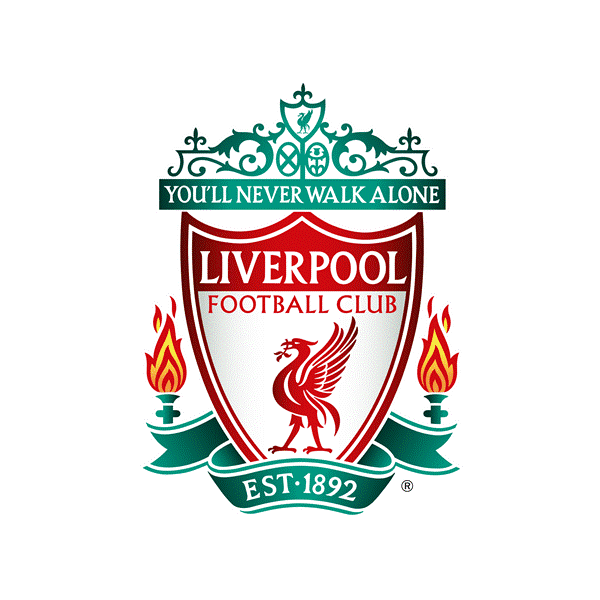
Liverpool
Nickname: The Reds
Founded: 1892
Home Stadium: Anfield Stadium
Currently Managed by: Arne Slot
Most Successful Manager: Bob Paisley
Legendary Players
- Kenny Dalglish
- Steven Gerrard
- Luis Suarez
- Roger Hunt
- Mohamed Salah
Fun Fact: Liverpool F.C. only came about as a result of a dispute.
In 1891, then-Everton club president John Houlding and Everton’s senior management committee had a quarrel which eventually led to both parties going their separate ways. Everton relocated to their new home at Goodison Park Stadium and Houlding founded the club that we know today as Liverpool F.C.
Want to know more? We've got some other cool facts about Liverpool!

Manchester City
Nickname: The Sky Blues
Founded: 1880 (as St. Mark’s (West Gorton))
Home Stadium: Etihad Stadium
Currently Managed by: Pep Guardiola
Most Successful Manager: Pep Guardiola
Legendary Players
- Colin Bell
- Kevin de Bruyne
- David Silva
- Sergio Aguero
- Yaya Toure
Fun Fact: A Manchester City goalie once (unknowingly) played a match with a broken neck.
In the 1956 FA Cup Finals, Manchester City defeated Birmingham City with a score of 3-1. During this particular match, the former’s goalie Bert Trautmann suffered a serious neck injury while making a dive. However, he didn’t think too much of it, and continued to play. Trautmann only realised it was broken after an X-ray revealed the damage three days later!
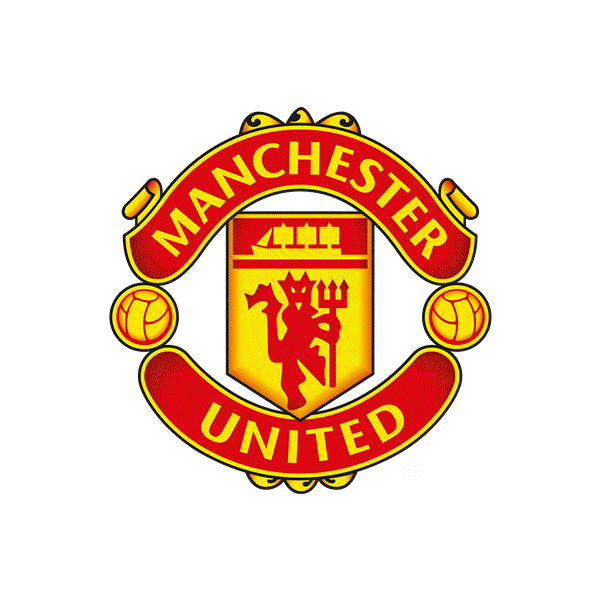
Manchester United
Nickname: The Red Devils
Founded: 1878 (as Newton Heath LYR)
Home Stadium: Old Trafford Stadium
Currently Managed by: Ruben Amorim
Most Successful Manager: Alex Ferguson
Legendary Players
- Bobby Charlton
- David Beckham
- Wayne Rooney
- George Best
- Ryan Giggs
Fun Fact: The club was once saved because of a lost dog.
In 1902, Manchester United (then known as Newton Heath LYR Football Club), was neck-deep in debt, and a last-ditch fundraiser had apparently failed. In a stroke of tremendous luck (or misfortune as it might have seemed!), Captain Harry Stafford’s beloved dog, Major also went missing during this time. The canine eventually showed up at a local bar owned by businessman John Henry Davies, whom Stafford convinced, along with three others, to invest in the failing club.
Check out our other article for more cool facts about Manchester United.
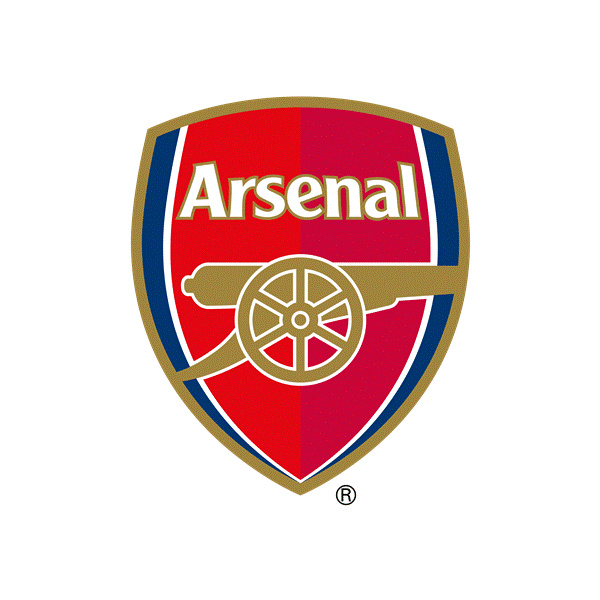
Arsenal
Nickname: The Gunners
Founded: 1886
Home Stadium: Emirates Stadium
Currently Managed by: Mikel Arteta
Most Successful Manager: Arsene Wenger
Legendary Players
- Thierry Henry
- Dennis Bergkamp
- Tony Adams
- Ian Wright
- Patrick Vieira
Fun Fact: Arsenal holds the record for the longest top-flight win streak of all time at 49.
Under the management of Arsene Wenger during the 2004/05 season, the Gunners nailed their (and the EPL’s) longest official win-streak of all time at 49 wins. Unfortunately, the streak was eventually broken by Manchester United, during an immensely controversial match which also saw pizza hurled at Sir Alex Ferguson after full-time.
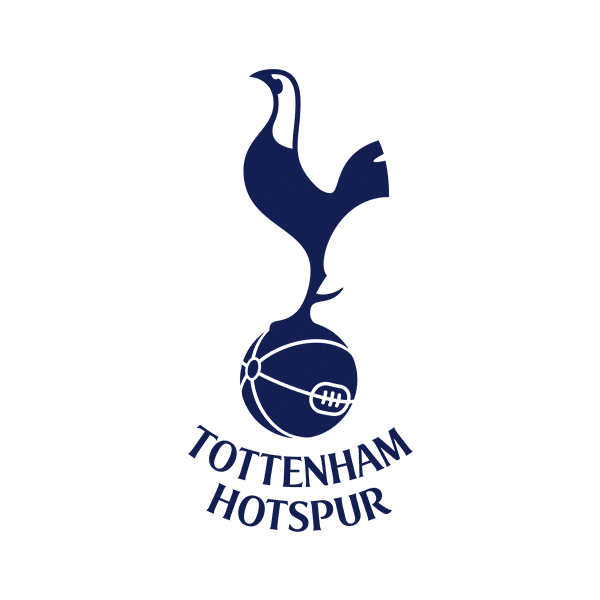
Tottenham Hotspur
Nickname: The Spurs
Founded: 1882
Home Stadium: Tottenham Hotspur Stadium
Currently Managed by: Ange Postecoglou
Most Successful Manager: Bill Nicholson
Legendary Players
- Harry Kane
- Gareth Bale
- Son Heung-min
- Jimmy Greaves
- Danny Blanchflower
Fun Fact: Tottenham Hotspur can trace its origins back to a bunch of schoolboys.
Truly, it is hard to imagine an EPL club with humbler origins than Tottenham Hotspur. After all, the club was originally formed as a way for a group of English schoolboys to play sports during winter. In addition, the club’s first president and treasurer wasn’t a wealthy entrepreneur or a person of great business influence. Instead, it was John Ripsher - the warden of the local Tottenham YMCA and a Bible-class teacher at the nearby All Hallows Church.

Chelsea
Nickname: The Blues
Founded: 1905
Home Stadium: Stamford Bridge Stadium
Currently Managed by: Enzo Maresca
Most Successful Manager: Jose Mourinho
Legendary Players
- Frank Lampard
- Didier Drogba
- Gianfranco Zola
- Peter Osgood
- Ron Harris
Fun Fact: Chelsea holds the EPL record for the fewest conceded goals in a season at 15.
Defence is a key part of any team sport, much less football. Things are no different over in the EPL, and it is just as important to keep the ball out of your own net as it is to score in the opponent’s. Chelsea has proven to be exemplary in this regard – the Blues currently hold the record for the fewest conceded goals in a season at 15, a feat they achieved during the 2004/05 season.


 Back
Back